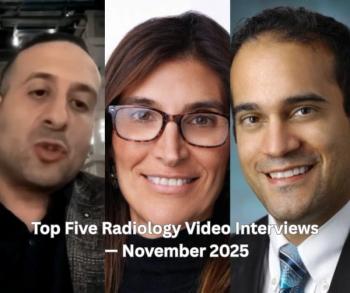
Feds appraise the value of nuclear medicine research
The government plans to spend nearly $800,000 to determine the strategic importance of nuclear medicine research, according to National Institutes of Health chief Dr. Elias Zerhouni. Society of Nuclear Medicine president Dr. Peter Conti is encouraged about the initiative.
The government plans to spend nearly $800,000 to determine the strategic importance of nuclear medicine research, according to National Institutes of Health chief Dr. Elias Zerhouni. Society of Nuclear Medicine president Dr. Peter Conti is encouraged about the initiative.
"At least it shows that somebody cares about nuclear medicine research and wants to study it. That's a lot better than cuts made because it is thought to have no value," Conti said.
The Department of Energy and the NIH will spend 13 months investigating topics such as radiopharmaceutical development for diagnosis and therapy, software and hardware development for more precise radiotracer localization, hurdles facing the incorporation of new radiopharmaceutical compounds, and strategies to overcome probable shortages of isotopes and qualified researchers.
Newsletter
Stay at the forefront of radiology with the Diagnostic Imaging newsletter, delivering the latest news, clinical insights, and imaging advancements for today’s radiologists.



























